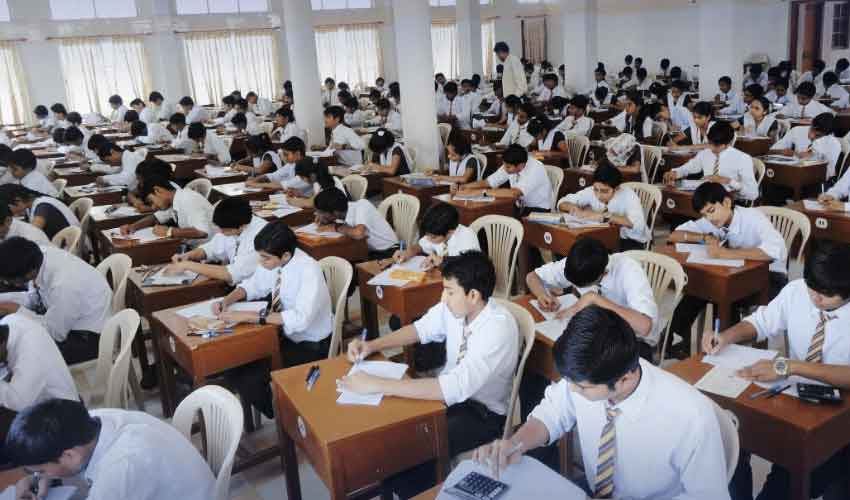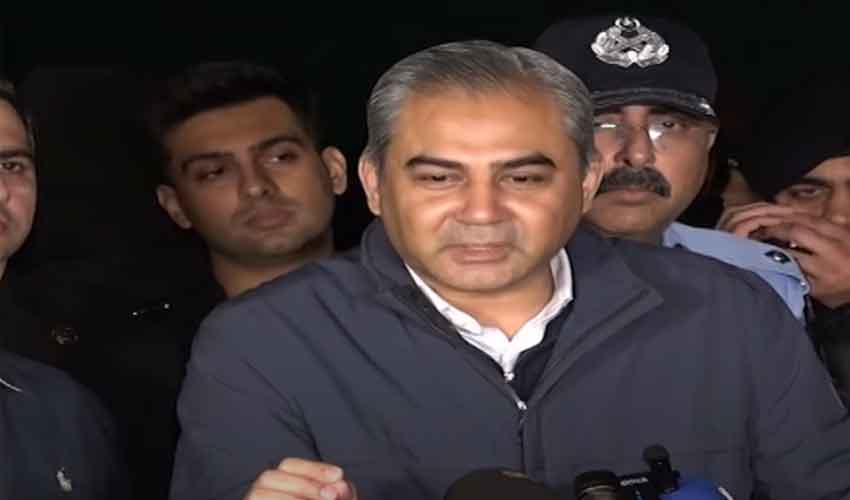In a bid to overhaul what authorities deem a "broken" migration system, the Australian government has introduced sweeping changes to its visa policies, aiming to slash migrant intake by 50% over the next two years.
These reforms come with a dual focus on tightening regulations for international students and low-skilled workers while fast-tracking entry for highly skilled professionals.
Stricter scrutiny for international students
Under the revamped visa rules, international students are set to face heightened scrutiny and increased standards. The key changes include:
Elevated english proficiency standards: International students must now achieve higher ratings on English proficiency tests to qualify for visas, emphasizing the importance of language skills in their educational pursuits.
Intensified assessment process: The assessment process for second visa applications will undergo rigorous evaluation, potentially extending the duration of their stay. This move is aimed at ensuring a more thorough examination of the eligibility of students seeking to extend their time in Australia.
Clare O’Neil, Home Affairs Minister, emphasized the broader implications of these changes, stating, “Our strategy will bring migration numbers back to normal. This is about Australia’s future, not just the current state of migration.”
Fast-track for highly skilled workers
As part of the comprehensive reforms, the Australian Labor government is introducing a streamlined process for highly skilled workers, aiming to expedite their entry into the country and facilitate their path to permanent residency. Key features include:
Specialized visa for highly skilled workers: A dedicated visa for highly skilled professionals will be introduced, featuring an exceptionally short processing time of one week. This initiative seeks to assist businesses in attracting top-tier talent amidst fierce global competition.
The rationale behind these changes, according to Home Affairs Minister Clare O’Neil, is to strike a balance between long-term economic needs and immediate challenges such as housing affordability and infrastructure strain.
Rationale and Impact
Home Affairs Minister Clare O’Neil highlighted the goal of "bringing migration numbers back to normal," focusing on long-term benefits for Australia’s future. The government contends that the influx of migrants has strained infrastructure, particularly housing, leading to increased homelessness.
A recent survey revealed that 62% of Australians believe the current migration intake is too high.
While these reforms address the concerns associated with the growing population, opposition leader Peter Dutton expressed reservations about the scale of the migration program. Dutton cited issues such as congested cities, strained infrastructure, and the inability to keep up with demand.
Opposition voices concerns
In response to the reforms, Conservative opposition leader Peter Dutton expressed concerns about the scale of the migration program.
He highlighted issues such as congested cities, strained infrastructure, and the inability to keep up with demand. Dutton advocated for a reduction in immigrant numbers, emphasizing the need to address the challenges associated with Australia’s growing population.
The Australian government’s migration reforms aim to strike a balance between long-term economic needs and immediate challenges such as housing affordability and infrastructure strain.
While these changes are likely to impact international students and low-skilled workers, they also seek to attract and retain top talent through expedited visa processing.



























